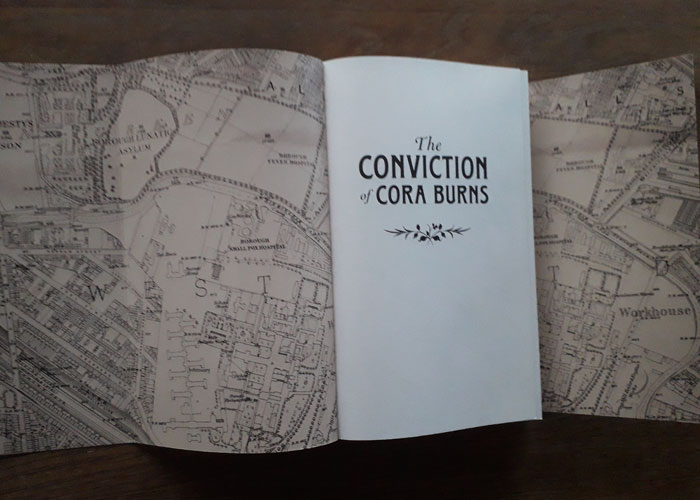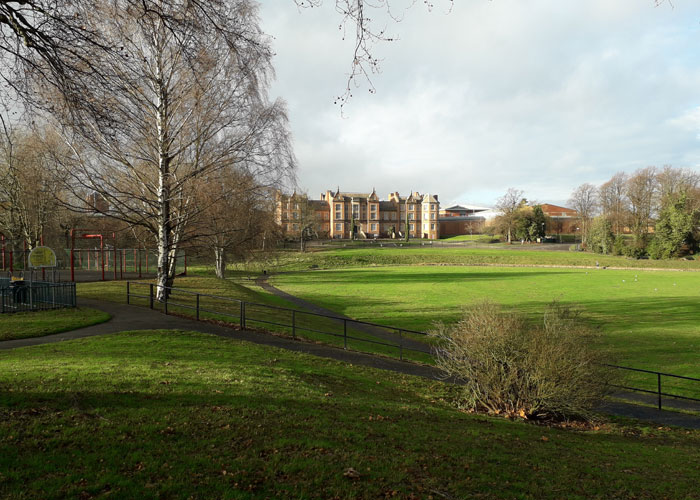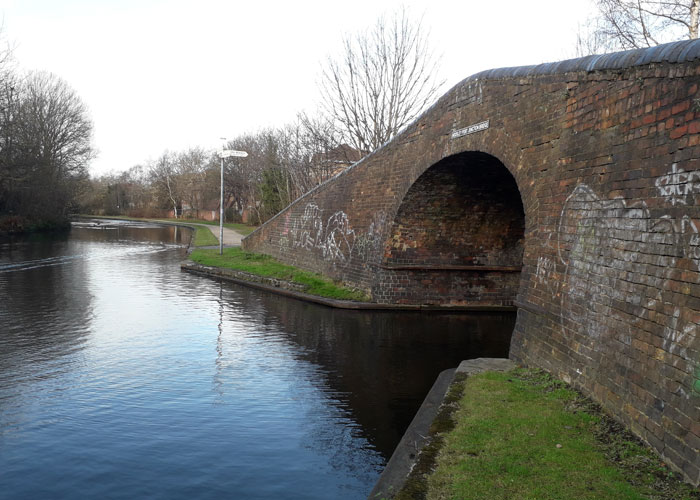BookTrail it to Birmingham with Cora Burns and Carolyn Kirby
The Confessions of Cora Burns – historical novel set in Birmingham
Author of a new and fascinating book about a young girl in 1880’s Birmingham
Cora Burns was born in a gaol and raised in a workhouse, and she has always struggled to control the violence inside her.
“Haunted by memories of a terrible crime, she seeks a new life working as a servant in the house of scientist Thomas Jerwood. Here, Cora befriends a young girl, Violet, who seems to be the subject of a living experiment. But is Jerwood also secretly studying Cora…?
BookTrail the literary locations of Cora Burns
BookTrail the literary locations of Cora Burns
Birmingham seems absent from novels set during the 19th century. But when I started researching The Conviction of Cora Burns, maps from the 1880s revealed to me the city’s amazing potential as a setting for a novel about a woman born into the very bottom of Victorian society.
Cora’s early life is confined to three great institutions of Victorian social welfare and control. She is born in Birmingham gaol, then taken to be brought up in the nearby workhouse before going to her first job in the laundry at the borough lunatic asylum. When I first saw the 1888 map of the Birmingham suburb of Winson Green, I could not quite believe that these three buildings, were all within a few minutes walk of each other alongside the Soho Loop of Birmingham canal.
All three were built around 1850 on what must have been a vast construction site at the edge of the growing city. It struck me as tragic that some unfortunate individuals, perhaps many of the ‘pauper lunatics’ who inhabited the asylum, might spend their whole lives in this same small area of Winson Green moving between these three institutions. The question of whether a person’s whole life could be determined by a childhood like Cora’s provided the spark for my novel.
BookTrail the literary locations of Cora Burns
I then began to study other maps and photographs in order to create Cora’s world in my mind. I felt very strongly that I did not want my imagined townscape to be influenced by impressions of modern Birmingham so I did not visit the city whilst I was writing the book. Only once I had a clear imagined view of the historic setting did I allow myself a tour on Google Street View. This was particularly helpful in locations for which few photographic records exist, like the workhouse. As I was writing in 2016, I clicked the little orange Google man onto the hospital car park which was the site of Birmingham workhouse. I had thought that all of the original workhouse buildings had all vanished into the modern hospital. But hairs on the back of my neck prickled up as, amidst the parked cars, the 360 camera revealed the colonnaded entrance gateway known locally, due to the workhouse’s notorious role in separating families, as the ‘Archway of Tears.’ Sadly, this last surviving remnant of the 1852 workhouse was demolished in 2017.
Once the manuscript of The Conviction of Cora Burns had been finished and sent to the printers, I felt that it was finally time to make a trip in person to the novel’s locations. I was not disappointed. The canal walk along the Soho Loop gives an impressive glimpse into Birmingham’s history. The canal architecture, especially the elegant bridges, is striking, and the well maintained towpath allows for a fascinating inner-city walk. From a distance, the adjacent former asylum in its parkland setting could be a stately home.
Central Birmingham too has a wealth of Victorian heritage, especially around Victoria Square and St Philips’s church. Unfortunately though, only the Town Hall (the Grecian building on the left) remains from this Victorian view of Paradise Street.
Finally, although it does not directly appear in the novel, no heritage visit to Birmingham would be complete without a walk around the Jewellery Quarter. The restored workshops and warehouses give an impression of the myriad of small metalworking firms that were the backbone of Birmingham’s Victorian prosperity. It was workshops such as these that made the commemorative medallions and japanned ware that play an important part in the plot of The Conviction of Cora Burns.
Many thanks Carolyn – this was so interesting and fascinating!
BookTrail Boarding Pass: The Conviction of Cora Burns
Twitter: @novelcarolyn









